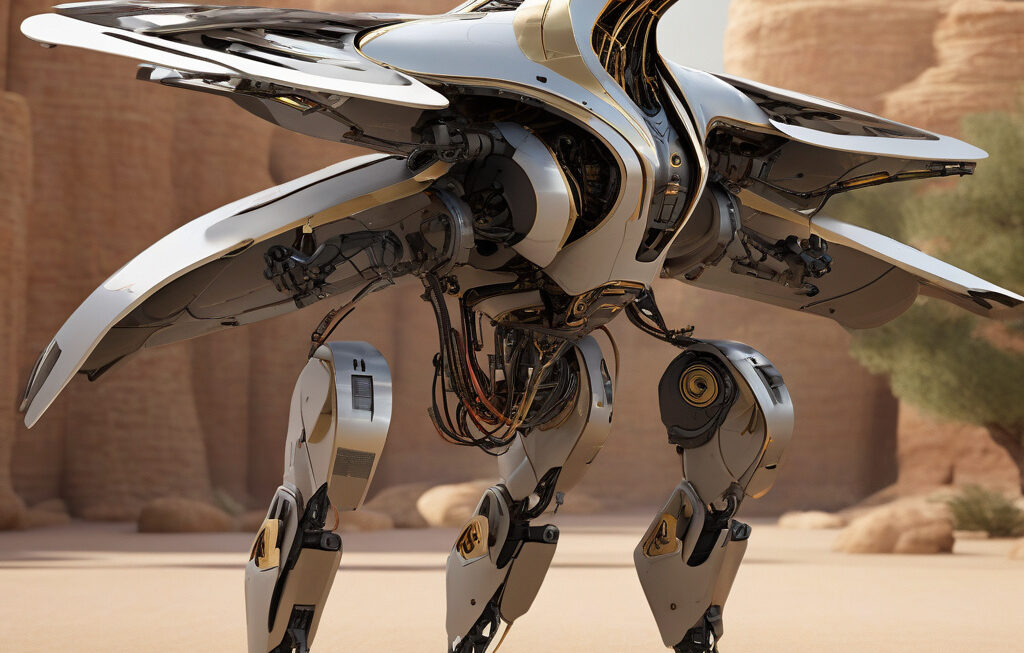Samsung ‘Eyes’ Growing Humanoid Robot Market with Its AI Camera Modules
The possibility of humanoid robots replacing humans in various walks of life is rapidly looming. With the advancement of technology and the integration of artificial intelligence into robotics, companies like Samsung are setting their sights on revolutionizing the industry. Samsung, a global leader in electronics, is making significant strides in the development of AI camera modules that could potentially power the next generation of humanoid robots.
The concept of humanoid robots has long been a fascination in science fiction, but recent innovations have brought us closer to turning this fantasy into reality. These robots, designed to resemble and mimic human behavior, have the potential to assist us in various tasks, ranging from customer service to healthcare. One of the key components that enable humanoid robots to interact with their environment is the integration of advanced camera systems.
Samsung, known for its cutting-edge technology, has been investing heavily in AI camera modules that can provide robots with the ability to see, interpret, and respond to the world around them. By equipping robots with sophisticated vision capabilities, Samsung aims to enhance their functionality and make them more adept at performing tasks that require visual perception.
One of the key advantages of Samsung’s AI camera modules is their ability to process visual data in real-time. This means that humanoid robots powered by these modules can quickly analyze their surroundings, identify objects, and make informed decisions based on what they see. For example, in a retail setting, a robot equipped with Samsung’s AI camera modules could assist customers in locating products, offer personalized recommendations, and even navigate through crowded aisles autonomously.
Moreover, Samsung’s AI camera modules are designed to be versatile and adaptable to different environments. Whether it’s low light conditions, complex visual patterns, or dynamic scenarios, these modules can adjust their settings to ensure optimal performance. This level of flexibility is crucial for humanoid robots that are expected to operate in diverse settings, from busy airports to quiet hospital corridors.
In addition to enhancing the capabilities of humanoid robots, Samsung’s AI camera modules also have the potential to improve safety and security measures in various industries. By integrating these modules into surveillance systems, businesses can benefit from advanced monitoring capabilities, such as facial recognition, object tracking, and anomaly detection. This not only helps in preventing security breaches but also streamlines operations by automating certain security tasks.
As the demand for automation and robotics continues to grow across industries, Samsung’s foray into the humanoid robot market signifies a significant step towards the future. By leveraging its expertise in AI and camera technology, Samsung is poised to play a pivotal role in shaping the next generation of robotics. As these advancements unfold, we can expect to see a new era where humanoid robots are not just a figment of our imagination but a tangible presence in our daily lives.
In conclusion, Samsung’s pursuit of the growing humanoid robot market with its AI camera modules highlights the company’s commitment to innovation and technological advancement. By pushing the boundaries of what’s possible in robotics, Samsung is paving the way for a future where man and machine can work together seamlessly, opening up new possibilities for efficiency, productivity, and progress.
#Samsung, #HumanoidRobots, #AI, #CameraModules, #RoboticsMarket












